Underwater scooters, also known as Diver Propulsion Vehicles (DPVs), are fantastic tools for exploring the aquatic world.
But have you ever wondered what keeps them from sinking like a rock or bobbing uncontrollably to the surface?
The answer lies in their buoyancy, a critical factor in both their design and your underwater experience.
The Science of Staying Afloat (or Not)
At its core, buoyancy is governed by Archimedes' Principle: any object wholly or partially immersed in a fluid is buoyed up by a force equal to the weight of the fluid displaced by the object.
In simpler terms, if an object weighs less than the water it pushes aside, it floats. If it weighs more, it sinks.
When designing an underwater scooter, manufacturers carefully consider materials, internal air spaces, and weight distribution to achieve a specific buoyancy profile.
Most scooters are constructed from lightweight, durable materials like specialized plastics, aluminum, and composite materials.
They also feature hermetically sealed hulls to prevent water ingress, which would instantly compromise their buoyancy and potentially damage internal electronics.
Internal air spaces within the scooter's design also play a crucial role, contributing to the overall displacement and helping the scooter achieve its intended buoyancy.
Typical Buoyancy States of Underwater Scooters
Underwater scooters generally fall into one of three buoyancy categories, each chosen for specific reasons and user experiences:
Positive Buoyancy
Many recreational scooters, like the ASIWO Manta, Nautica Navigator, and certain SUBLUE and Seabob models, are designed to be slightly positively buoyant. This means they'll gently float to the surface if you let go of them. This is a significant safety feature, as it prevents the loss of the device in open water and makes retrieval much easier. However, users often need to add small, external ballast weights to achieve a more neutral trim for extended underwater use.
Neutral Buoyancy
This is often considered the ideal state for divers. A neutrally buoyant scooter neither sinks nor floats, allowing it to "hang" effortlessly in the water. Some models, like the Geneinno Trident, are engineered for neutral buoyancy right out of the box, especially for diving applications.
Negative Buoyancy
While less common for general recreational use, some scooters might be designed with a very slight negative buoyancy to prevent them from drifting away when stationary. However, significantly negative buoyancy would require constant effort from the user or the scooter's propulsion to maintain depth, making it less practical for most applications.
Adjusting Your Scooter's Buoyancy
Since the factory-set buoyancy might not be perfect for every user or every water condition (saltwater is denser than freshwater, affecting buoyancy), many scooters offer ways to adjust their trim:
External Ballast Weights
This is the most common method. Manufacturers often provide specific counterweights or dedicated slots for users to add lead weights. For instance, the ASIWO Manta provides weights for users to achieve neutral buoyancy, and SUBLUE Navbow scooters can be fine-tuned with counterweight columns.
Self-Filling Ballast Hulls
Some advanced models, like certain Yamaha Seascooter PDS Li Series, incorporate a "self-filling ballast hull." This passive system automatically takes in water to achieve neutral buoyancy, typically in saltwater. Users can then further fine-tune the buoyancy by adding small, optional ballast weights into designated slots.
Integrated Buoyancy Chambers
While not always user-adjustable on the fly, some scooters utilize internal buoyancy chambers (like the "Integrated Vacuum Buoyancy Chamber" in some SUBLUE models) as a core part of their design to achieve a micro-positive or neutral baseline buoyancy.
Practical Implications for Your Underwater Adventure
The buoyancy of your underwater scooter profoundly impacts your experience:
Safety
As mentioned, positive buoyancy is a major safety advantage, ensuring your scooter returns to the surface if dropped or released. This is particularly beneficial for snorkelers, recreational users, and in situations where you might need both hands free.
User Effort & Air Consumption
For divers, a neutrally buoyant scooter is highly desirable. It becomes an extension of the diver's own neutral buoyancy, minimizing the effort required to maintain depth. This translates directly into reduced fatigue and conserved air, allowing for longer, more enjoyable dives. If a scooter is too positive, you'll constantly fight to push it down. If it's too negative, you'll struggle to keep it from sinking, both of which increase exertion.
Maneuverability & Control
A well-trimmed, neutrally buoyant scooter offers superior control and stability. It allows for precise movements, effortless glides, and easier navigation, which is crucial for tasks like underwater photography or exploring delicate environments.
Stability
A properly weighted scooter helps maintain your body's trim in the water, preventing unwanted head-up or head-down positions. This balance contributes to a more streamlined and efficient underwater movement.
Comparing Buoyancy Approaches Across Models
Different brands employ varying strategies to achieve their desired buoyancy:
Recreational Focus (Positive Buoyancy)
Brands like ASIWO (Manta), Geneinno (S2), and Nautica (Navigator) often prioritize positive buoyancy for safety and ease of use, especially for families and casual users. They rely on external weights for users who want neutral trim.
Dual-Purpose (Micro-Positive with Adjustment)
SUBLUE models like the Navbow often feature a "micro-positive" buoyancy, making them float but still easily trim with small counterweights, offering a balance between safety and dive performance.
Automatic/Passive Neutral (Saltwater)
The Yamaha Seascooter PDS Li Series stands out with its "self-filling ballast hull," aiming for automatic neutral buoyancy in saltwater, which is a clever passive innovation. Users can still add weights for fine-tuning.
Diver-Oriented (Neutral Buoyancy)
While less common for all-around recreational models, some DPVs designed specifically for divers, like the Geneinno Trident (S1), aim for neutral buoyancy as their primary design characteristic, catering directly to the needs of underwater explorers who prioritize stability and low effort.
High-Performance (Positive Buoyancy for Versatility)
High-end models like the Seabob F5 series are designed with notable positive buoyancy (e.g., 10-14 kg buoyancy in water). This allows them to quickly surface, making them versatile for both high-speed surface runs and rapid descents into the water, aligning with their dynamic performance profile.
Understanding your underwater scooter's buoyancy, and how to adjust it, is key to maximizing your enjoyment and safety in the water. Whether you prefer it to float for easy retrieval or hang perfectly still for effortless exploration, there's a scooter and a setup out there for every underwater adventurer!
Conclusion
Understanding your underwater scooter's buoyancy, and how to adjust it, is key to maximizing your enjoyment and safety in the water. Whether you prefer it to float for easy retrieval or hang perfectly still for effortless exploration, mastering buoyancy allows your DPV to truly become an intuitive extension of your underwater adventure. It ensures a smoother ride, less effort, and a more controlled and secure experience as you glide through the aquatic realm.
Frequently Asked Questions
Q: What is the main purpose of positive buoyancy in an underwater scooter?
A1: The main purpose of positive buoyancy is safety, as it ensures the scooter will float to the surface if released, preventing it from being lost in the water and making retrieval easy.
Q: Why is neutral buoyancy ideal for divers using an underwater scooter?
A2: Neutral buoyancy is ideal because it allows the scooter to "hang" effortlessly in the water, reducing the diver's effort, conserving air, and improving maneuverability and control.
Q: How do most recreational underwater scooters allow users to adjust their buoyancy?
A3: Most recreational scooters allow users to adjust buoyancy by adding external ballast weights into designated slots or attaching specific counterweights provided by the manufacturer.
Q: Does saltwater affect an underwater scooter's buoyancy differently than freshwater?
A4: Yes, saltwater is denser than freshwater, which provides more buoyant lift. Therefore, a scooter that is neutrally buoyant in saltwater might be slightly negatively buoyant in freshwater, and vice versa.
Q: What is a "self-filling ballast hull" and which brand uses it?
A5: A "self-filling ballast hull" is a passive system that automatically takes in water to help the scooter achieve neutral buoyancy, typically in saltwater. Certain Yamaha Seascooter PDS Li Series models utilize this innovation.
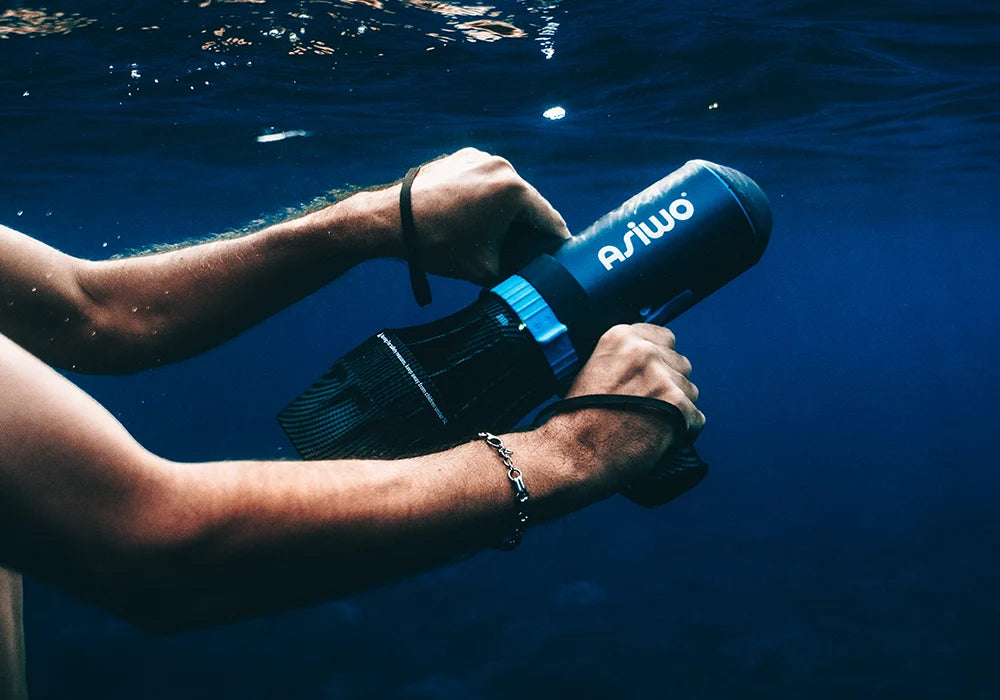




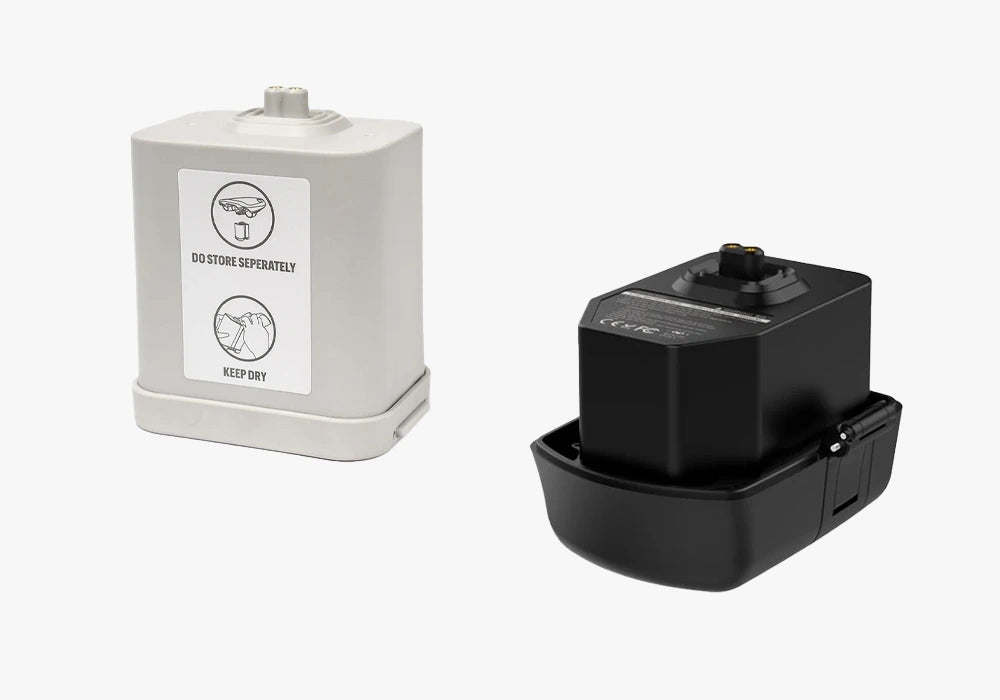




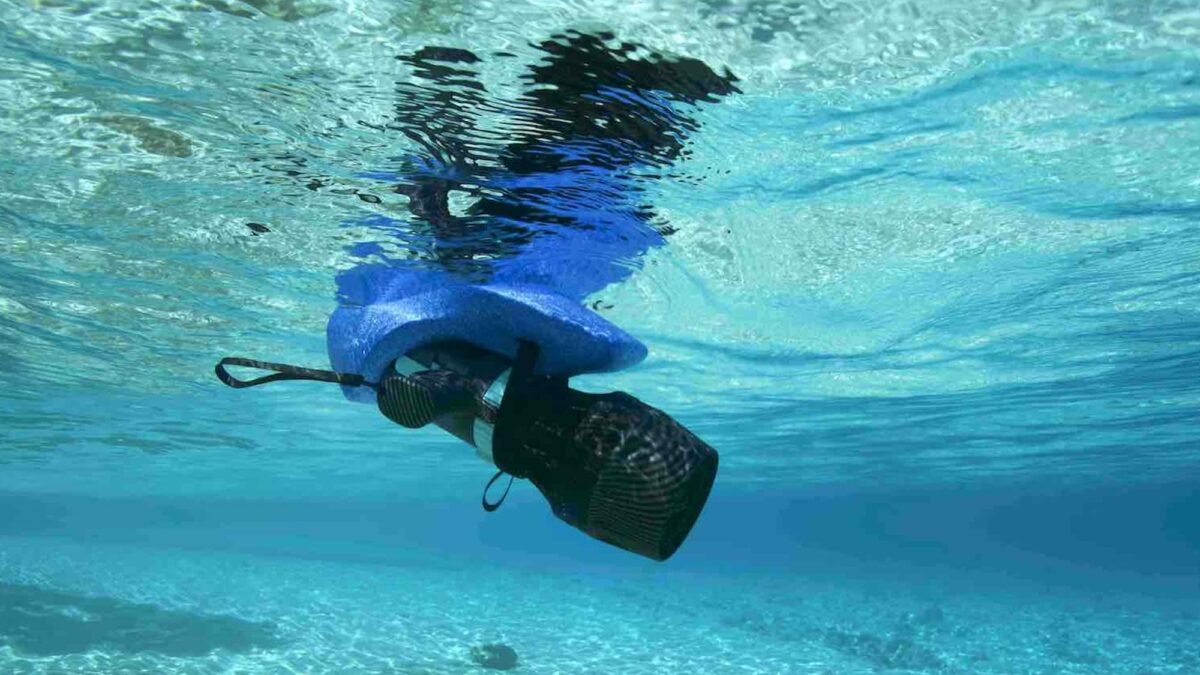
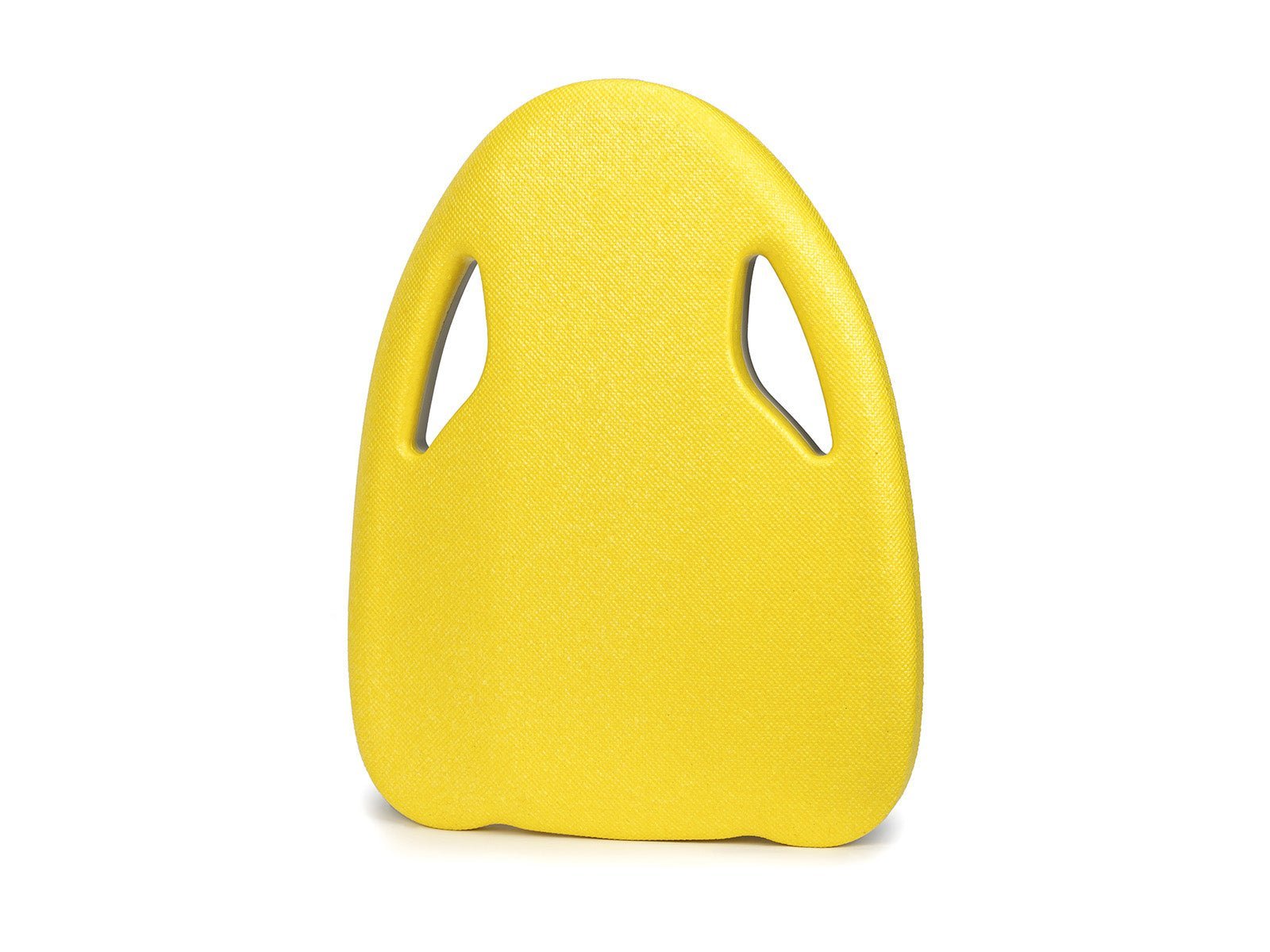
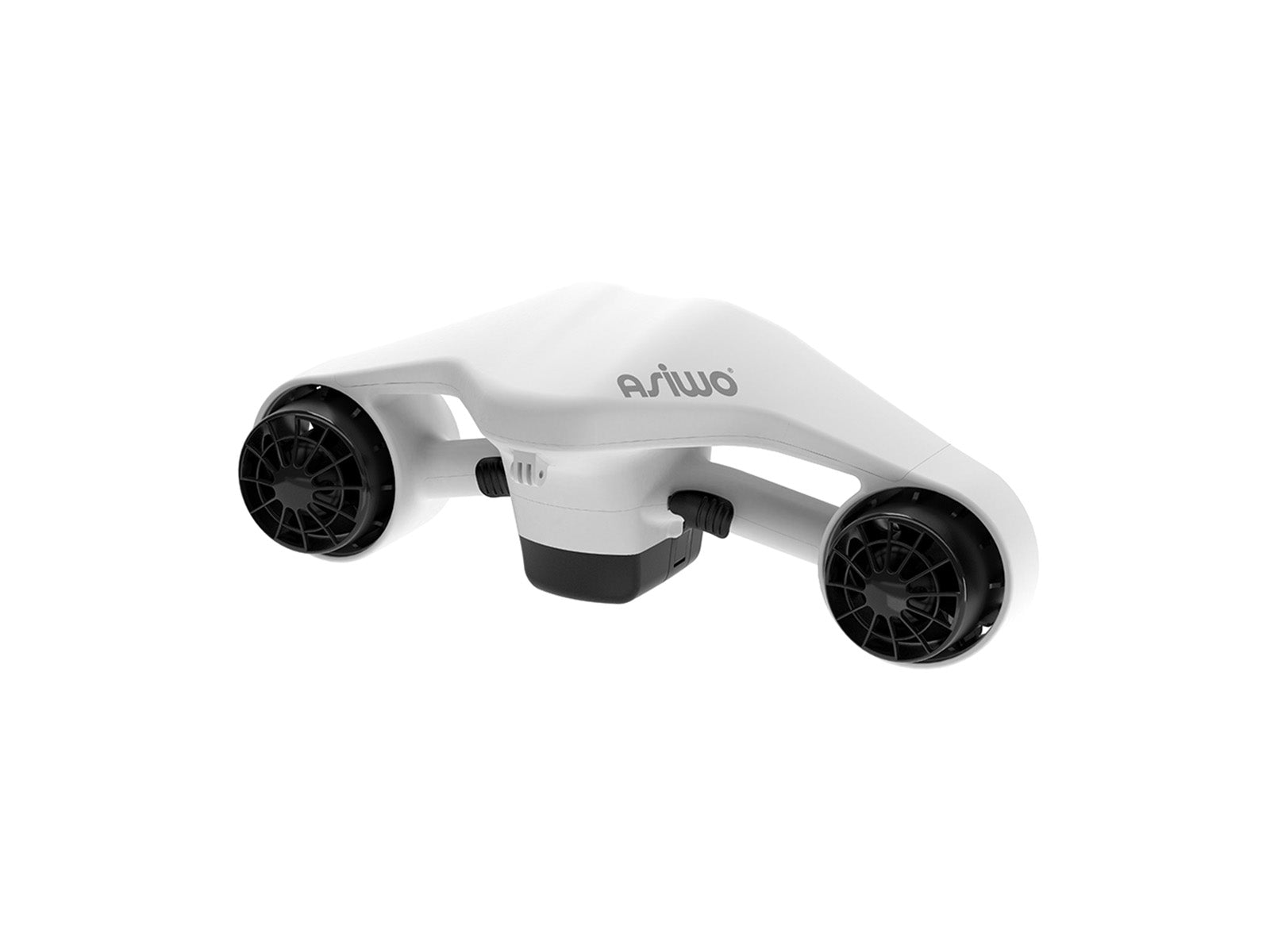
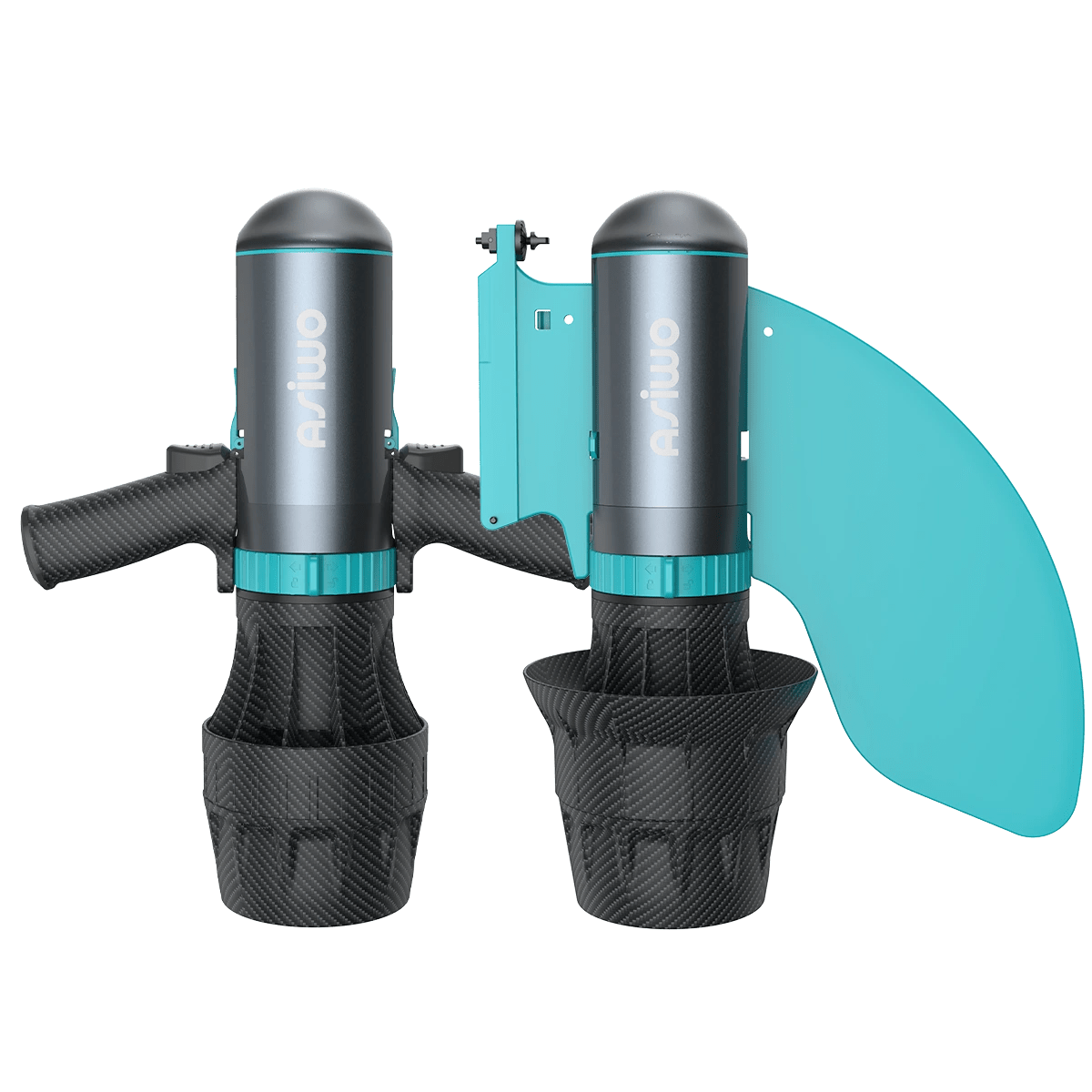




Laissez un commentaire